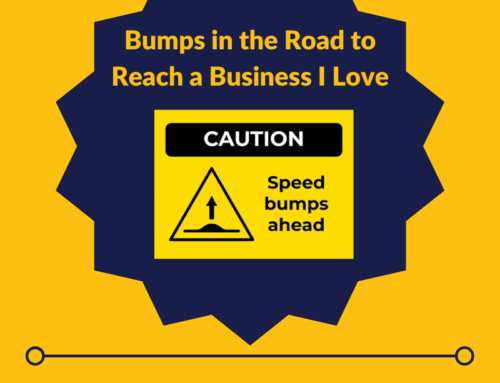 Over the last month, I’ve presented on email management multiple times. It remains one of the most popular and necessary topics for teaching productivity. Most professionals continue to spend at least 1 day a week, and usually more, dealing with all things email.
Over the last month, I’ve presented on email management multiple times. It remains one of the most popular and necessary topics for teaching productivity. Most professionals continue to spend at least 1 day a week, and usually more, dealing with all things email.
A huge thing that’s changed over the years in email productivity is the use of folders. I always used to steer my clients towards using folders to organize email, but the search function in email (and on computers) has become so robust that folders aren’t always necessary now. So, how do you determine if you should use folders?
The first question I ask my clients is “Does your inbox bother you?”
Here are some options for each response you might have:
- “No, it doesn’t bother me.” You will want to focus on determining your email vision – what are you trying to accomplish in your email? Do you just want to keep track of incoming emails? Do you want to mark emails that need action? What happens to emails when you’re done with them?
- Once you’ve determined your vision, you can look into using the preset task and email management functions built into your email program.
- There are stars or flags that can mark follow-up items.
- You might turn emails into tasks to move them to the next part of the to-do process.
- Or maybe you like paper, so you write down anything you need to respond to in your paper list so you don’t lose track of it.
- Any of these options are acceptable – even a combination – you just need to decide what makes the most sense for you, and have a process instead of leaving emails to sit and be forgotten.
- If you choose to keep your email in the inbox, I still recommend having a few high-importance folders for emails you need to put your hands on immediately.
- Once you’ve determined your vision, you can look into using the preset task and email management functions built into your email program.
- “Yes, it bothers me a little.” In this case, you need to dig a little deeper to determine what about your inbox bothers you.
- Is it the amount of emails in there? Then you want to look at #3 below.
- Is it the way you process your emails? Then you want to look at #1 above.
- Sometimes you may prefer to have less emails in there, but you don’t feel the need to have “inbox zero.”
- My client, Jessie, had 15,000 emails in her inbox, but she felt like she would be comfortable to get it down to 9,000 (her magic number). This is perfectly fine, because it’s what works for her. She decided to use a combination of using folders (#3 below) and also using task management tools in her email program (#1 above).
- “Yes, it bothers me a lot.” If your inbox is overflowing and it really bothers you, your email vision will most likely include a folder system.
- When creating your folders, think about broad topics first. For example, maybe you have a folder for “Family” or “Clients” or “Marketing.”
- From there, you can add subfolders for each family member, each client, or each type of marketing as needed.
- And don’t worry about what you call the folders – use whatever comes to mind first, because that is where you would look for the emails in the future.
- A folder system is always changeable, so jump in and try something that resonates with you, tweak it and make it your own.
- If you get really excited about the idea of having inbox zero every day, here is a blog from Right Inbox with some excellent tips on how to do that: 7 Strategies for Reaching Inbox Zero
No matter which option(s) is best for you, always remember your email vision and come back to that if you lose your way. And make sure you have a defined email process you’re comfortable with. It will take several weeks for you to get into your new email habits, so be patient with yourself. You can do this!





Thank you for this article. I spent a few hours this morning reading various emails on this topic and this is the most useful and thoughtful one.